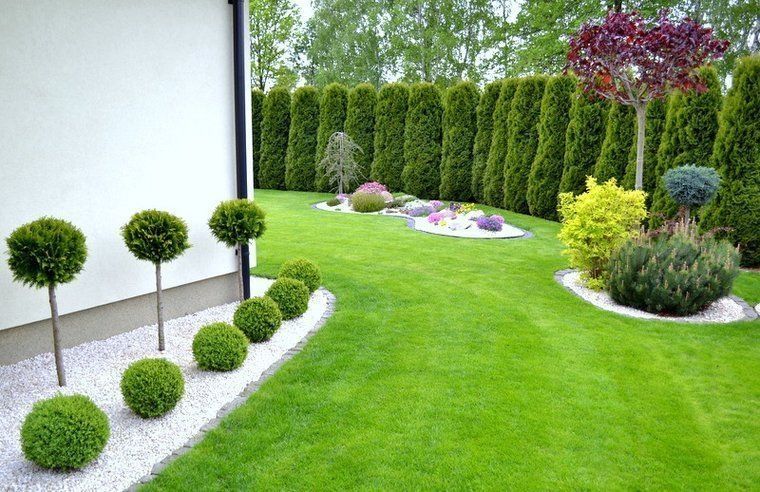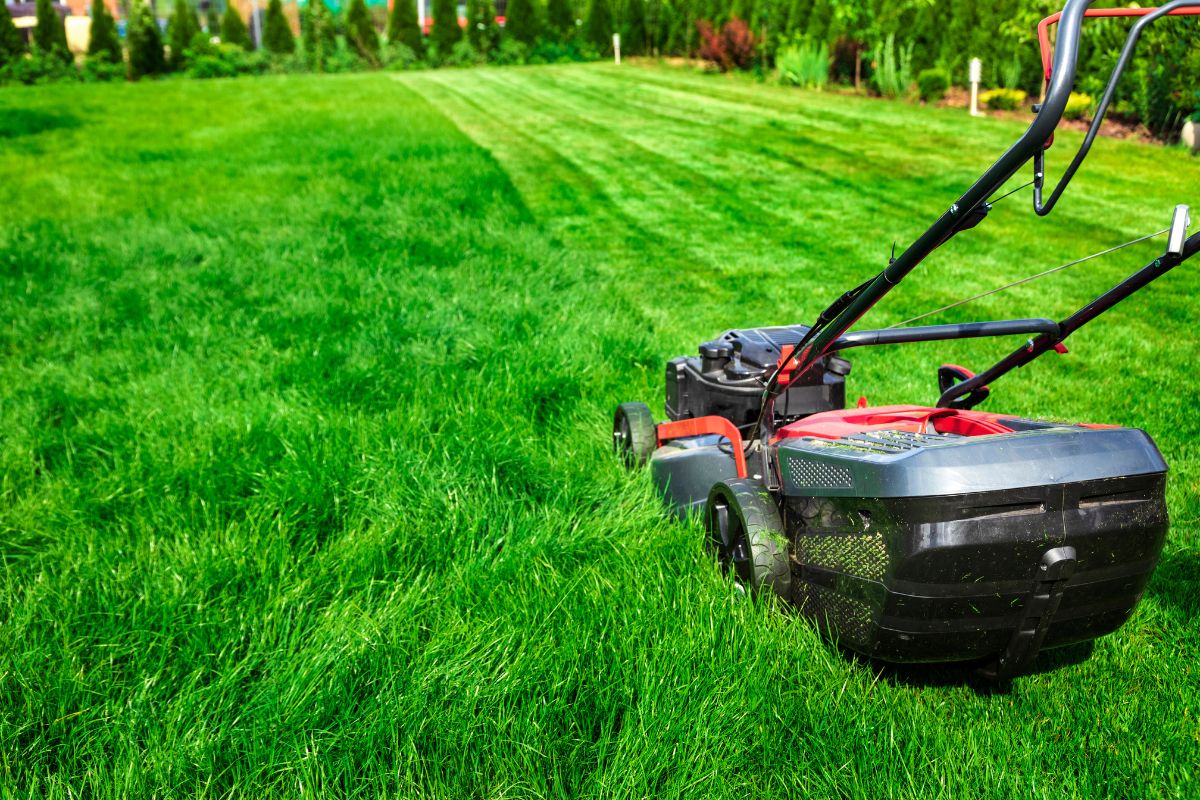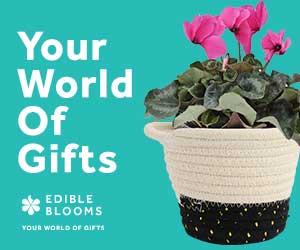Investing some effort in the landscaping around your home can yield several financial benefits. A beautifully maintained and vibrant landscape not only enhances the curb appeal but can also increase the overall value of your property. Strategically planting trees in the right locations can even help lower your heating and cooling expenses, offering long-term savings.
Furthermore, engaging in gardening and spending time outdoors can have a positive impact on your well-being, potentially reducing healthcare costs in the long run. However, it’s essential to be mindful of the expenses involved in beautifying and maintaining your yard. The costs of plants, tools, and other materials can quickly add up.
To make the most of your gardening budget, here are some budget-friendly landscaping tricks that will help you avoid unnecessary expenses and spend your money more wisely while still achieving a stunning and inviting landscape around your home.

Do Your Research
Local universities often have horticulturists who are willing to provide free advice, helping you avoid costly mistakes, such as planting shade-loving plants in areas with full sun. Additionally, consider visiting your local library, where you can access a wealth of gardening resources, including videos, books, and magazines. Some libraries even offer seeds and lend garden tools, providing extra benefits for aspiring gardeners. Moreover, there are numerous websites like this one that offer a plethora of valuable landscaping and gardening information, guiding you through various how-to tips and techniques. By taking advantage of these resources, you can gain valuable knowledge and make informed decisions while embarking on your gardening journey without breaking the bank.
Comparison Shop
Before heading to the nursery or garden center, it’s essential to have a clear idea of which plants you want to purchase. Take some time to research and make a list of your desired plants. Visiting two or three different retailers can be advantageous, as prices and quality can vary significantly between nurseries. Additionally, consider exploring online garden centers, where you might find fantastic deals and a broader selection of plants.
Resist the temptation of impulse buys, as they can quickly add up and strain your budget. Instead, stay focused on acquiring the plants you genuinely desire. If you have any uncertainties about a particular plant, it’s best to refrain from buying it. Being thoughtful and intentional with your purchases will not only help you stay within your budget but also ensure that you create a garden filled with plants that truly bring you joy and satisfaction.
Shop Cooperatively
Purchasing items in bulk can be more cost-effective when you collaborate with gardening friends or neighbors to share the expenses. For instance, if you and your neighbors combine your orders for mulch, the bulk purchase will cost significantly less per yard compared to buying individual bags. Another way to save on costs is by pooling resources and sharing the rental fees for equipment like tillers and lawn aerators. By doing so, everyone can benefit from lower total expenses while still achieving their gardening goals effectively. Collaborative efforts not only promote cost savings but also foster a sense of community and teamwork among gardening enthusiasts.
Rely on Used or Upcycled Tools and Equipment
New doesn’t always equate to better, especially when it comes to gardening supplies. Instead of buying brand new items, consider exploring other options. Garage and estate sales can be treasure troves for gently used tools, pots, outdoor furniture, and garden supplies at bargain prices. These pre-loved items can serve you just as effectively as new ones but at a fraction of the cost.
Another creative approach is repurposing common household items for your landscaping needs. You’ll be surprised at how many everyday objects can find new life in your garden. For example, old wooden crates can become charming planters, and unused tires can be transformed into colorful flower beds. Embracing these alternatives not only saves you money but also adds a unique and personal touch to your gardening endeavors.
Control Weeks While They’re Young
Weeds can be troublesome as they compete with your plants for essential water and nutrients. It’s crucial to tackle them early, especially when they are young and small, as they are much easier to remove by hand at this stage. By promptly addressing the weed issue, you can prevent them from multiplying to the point where you might need to consider purchasing weed killers to effectively deal with the problem. Taking proactive measures to control weeds can help maintain the health and vitality of your garden, ensuring that your desired plants can thrive without unnecessary competition.
Make Your Own Compost
Transforming garden and kitchen waste into valuable organic matter through composting is a great way to enhance your gardening success. The compost you produce serves as a nutrient-rich amendment, significantly improving your soil’s overall quality. It enhances tilth, promoting better soil structure, aeration, and water-holding capacity, which are all crucial factors for healthy plant growth.
If you’re hesitant about investing in a compost bin, don’t worry! You can easily create a DIY compost bin using inexpensive materials such as discarded fencing or trash cans. This budget-friendly approach allows you to contribute to sustainable gardening practices while making the most of your available resources. Embrace composting as a natural and eco-friendly solution to nourish your garden and reduce waste in an environmentally responsible manner.
Start Your Lawn From Seed
Opting for grass seed over sod is a cost-saving landscaping trick, although it may take longer for the grass to become fully established. By seeding your lawn, you can save a significant amount of money compared to the upfront cost of sodding. Alternatively, if you require instant curb appeal for the front yard, consider laying sod in that area and seeding the back.
To ensure successful growth, it’s essential to plant your grass seed or lay sod at the optimal times of the year, depending on your region and the type of grass you’re using. Planting during the right season for your specific grass type maximizes the chances of success and minimizes the risk of having to spend additional money to redo the project later on. With careful planning and timing, you can achieve a lush and vibrant lawn without overspending.

Don’t Cut Your Lawn Too Short
For optimal lawn health, it’s best to allow the grass to grow to a height of 2 or 2-1/2 inches between each mowing. Allowing your grass to grow taller encourages a deeper and more robust root system, which reduces the frequency of watering required. Moreover, taller grass provides better shading, effectively suppressing the growth of weeds in your lawn. By adopting this approach, you can promote a healthier and more resilient lawn, requiring less maintenance and providing natural weed control benefits.
Save Seeds
Numerous flower and vegetable seeds retain their viability for several years when stored appropriately. Therefore, if you have leftover seeds after planting, you can save them for the following year. The key to preserving their viability is to store them in a cool, dry place, which helps maintain their quality.
Additionally, you can save seeds from various plants in your garden to grow again in the future. Plants like marigold, tomato, and basil are among those that allow for seed-saving. By doing so, you not only save money but also foster a sustainable gardening practice, as you can perpetuate the cycle of growth and harvest year after year, making the most of your garden’s potential.
Divide Your Perennials
To get more value from the perennials you purchase, consider propagating them by dividing clump-forming plants after two or three years. This technique allows you to expand your plant collection without incurring additional expenses. Kelly Wilkniss, the host of My Soulful Home on Smart Healthy Green Living, suggests starting with a few “starter plants” and then propagating them to create new ones that can be distributed throughout your landscape gradually.
Certain perennials are easy and fast-growing, making them ideal candidates for division. Chrysanthemums, hostas, and daylilies are examples of such plants that can be divided with ease. By employing this method, you can transform your initial investment into a bountiful and thriving garden over time, all while being mindful of your budget.
Choose Native or Drought-Tolerant Plants
Opt for native species that are well-suited to the conditions of your region to save on expenses such as excessive watering, winter protection, and soil amendments. By selecting native plants that are naturally adapted to the local climate, you can avoid the need for constant pampering and upkeep. As Kelly Wilkniss advises, opting for native, drought-tolerant plants ensures that your landscape will remain beautiful despite the changing weather patterns.
If you decide to choose drought-tolerant plants that are not native to your region, it’s crucial to verify their hardiness for your specific area before planting. Not all drought-tolerant plants can withstand the winter conditions in every region, and planting them without considering their adaptability can lead to their demise. By making informed choices about the plants you incorporate into your landscape, you can create a beautiful and sustainable garden that thrives in harmony with its surroundings.
Make Your Own Fertilizer
To achieve lush, full, and beautiful landscape plants, significant nutrients are essential. Instead of spending money on expensive chemical fertilizers, Kelly Wilkniss recommends creating your own using items readily available around the house.
Wilkniss shares her “Three Secrets” slow-release fertilizer, which can be made from simple food scraps. All you need to do is mix together banana peels, coffee grinds, and cleaned, crushed eggshells. This combination provides a steady supply of vital nutrients such as potassium, phosphorus, calcium, and nitrogen that your plants will greatly appreciate. This homemade fertilizer is particularly beneficial for container gardens and planting pots, ensuring your plants receive the nourishment they need to thrive and flourish. By using natural and cost-effective ingredients, you can support the health of your landscape while also being environmentally conscious.













Leave a Reply